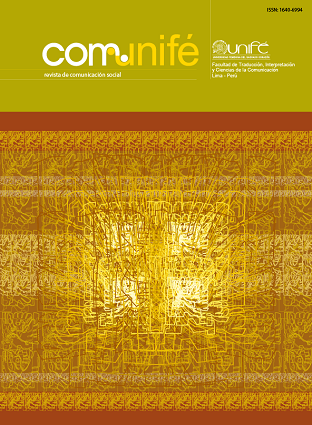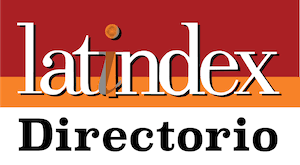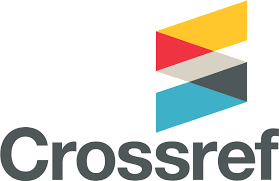Function of architectural space in the discourse of exhibitions
DOI:
https://doi.org/10.33539/comunife.2013.n13.1852Keywords:
Museography, exhibitions, architecture, visual language, discourseAbstract
The forms of production, emission and consumption process of messages have been modified significantly with the advent of digital technologies. Museography doesn´t escape to this phenomenon, as long as the users of the museums have new paradigms in the way of consume information. The museums have also been developing with regard to their function and increasingly come to the idea that they, conceptually, must be outside and not just wait visitors. Education is a factor that founds in museums a valuable resource to promote the integration and assertion of identity. The enclosure, the architectonic place becomes the element that completes the articulation of the elements of exhibition. Although structurally its variation in favor of a type of exhibition is not significant, it is clear that we must consider the space as modifiable entity based on light, tours, heights or facilities, all elements
that become live part of the architecture of the place and therefore determining proportionality, functionality of the whole exhibition.









